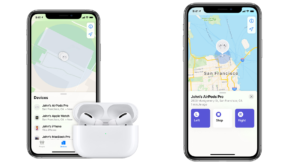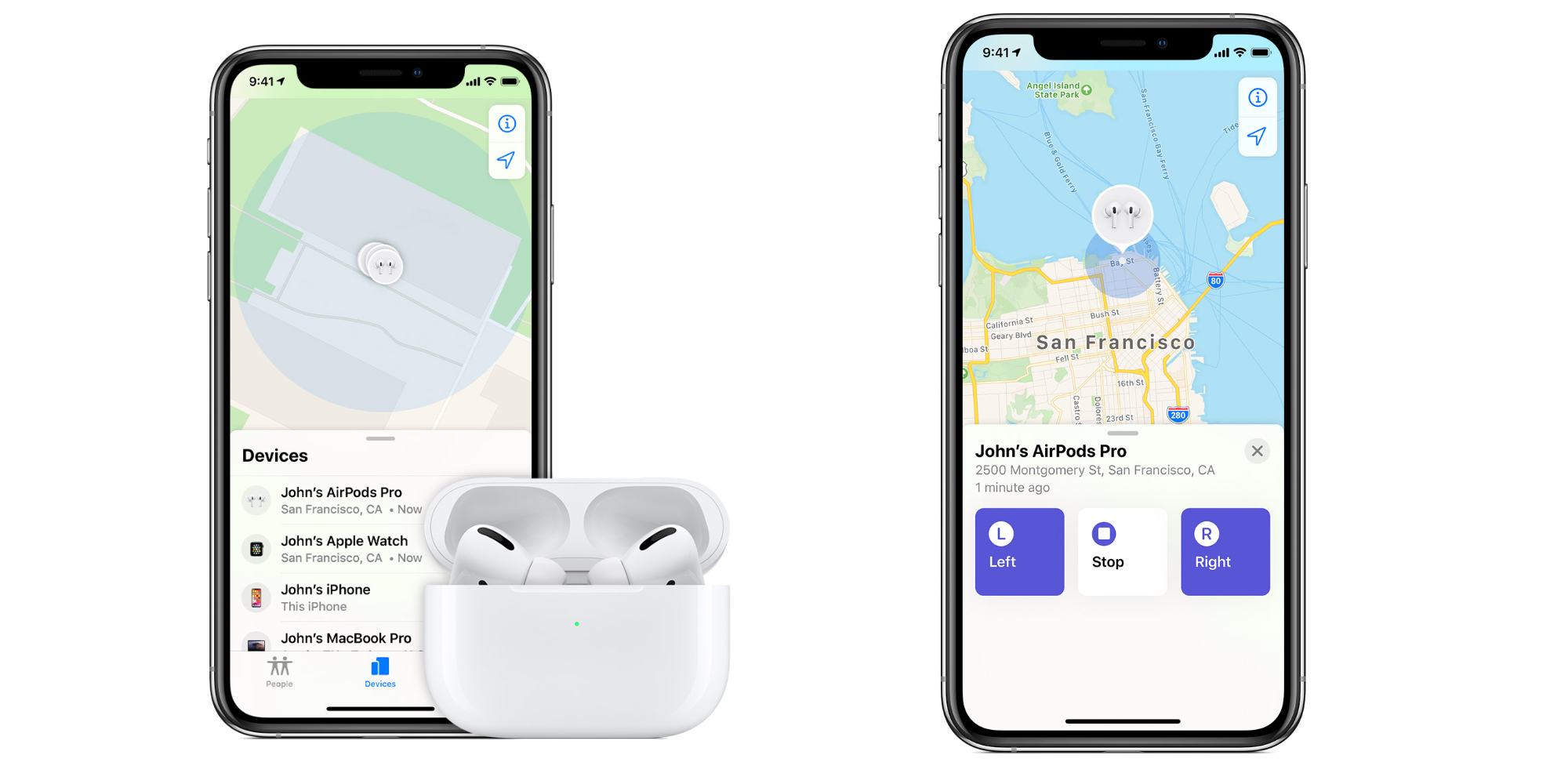In a concerted effort to elevate user privacy, Google has unveiled a pioneering feature for its Chrome browser, dubbed “IP Protection.” This development comes amidst growing concerns over the potential misuse of IP addresses for covert online tracking. The new feature aims to mask users’ IP addresses using proxy servers, thereby stymieing unauthorized tracking activities.
Key Highlights:
- IP Protection is set to mask users’ IP addresses by routing specific domain traffic through proxy servers.
- Initially, it will be an opt-in feature, giving users control over their privacy.
- The rollout will be phased, beginning with a focus on Google’s own domains.
- In future phases, a 2-hop proxy system is considered to bolster privacy further.
- The feature may pose certain cybersecurity concerns, such as challenges in blocking DDoS attacks.

The “IP Protection” feature addresses the dual role of IP addresses—they are both crucial for web functionalities like routing traffic and, at the same time, a vector for tracking users across different websites. Google’s initiative is aimed at routing third-party traffic from specified domains through proxies, rendering users’ IP addresses invisible to these domains. As the digital ecosystem evolves, so will the IP Protection feature, adapting to continue shielding users from cross-site tracking by adding more domains to the proxied traffic list.
The deployment of this feature will be in stages to accommodate regional considerations and to ensure a learning curve for users. The first phase, named “Phase 0,” will see Google proxying requests only to its own domains using a proprietary proxy. This phase aims to test the system’s infrastructure and fine-tune the domain list for proxying. Initially, only users logged into Google Chrome and with US-based IPs can access these proxies, with a select group of clients being automatically included in this preliminary test.
Looking ahead, Google has plans to adopt a 2-hop proxy system to elevate privacy further. This system will entail the use of an external Content Delivery Network (CDN) for the second proxy while Google runs the first hop, ensuring that neither proxy can see both the client IP address and the destination, thus enhancing the privacy quotient.
However, this new feature is not without potential security concerns. As traffic will be proxied through Google’s servers, it may pose challenges for security and fraud protection services in blocking Distributed Denial of Service (DDoS) attacks or detecting invalid traffic. Moreover, if a Google proxy server is compromised, malicious actors could potentially see and manipulate the traffic going through it. To mitigate such risks, Google is considering requiring users of the feature to authenticate with the proxy, introducing rate-limiting to prevent DDoS attacks, and ensuring that proxies cannot link web requests to particular accounts.
The “IP Protection” feature is an emblem of Google’s ongoing efforts to enhance user privacy, striking a balance between essential web functionalities and privacy concerns. With user-centric features like IP Protection, Google Chrome continues to foster a safer and more private browsing experience.
Google Chrome’s new “IP Protection” feature is a significant step towards enhancing user privacy by masking users’ IP addresses using proxy servers.The feature will be introduced in phases, with an initial focus on proxying traffic to Google’s own domains.Future plans include the adoption of a 2-hop proxy system to boost privacy further, although there are certain cybersecurity concerns associated with this feature.















